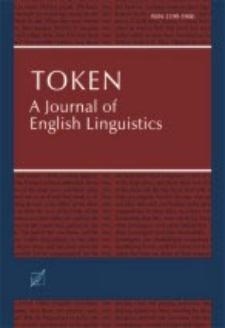Digital Library of the Jan Kochanowski University contains 13 273 digital objects
Object
Title: Parallel fitt-endings in Sir Gawain and the Green Knight: A case of medieval paratextuality
Creator:
Group publication title:
Abstract:
This paper examines the endings of the so-called fitts in Sir Gawain and the Green Knight. For the first time in the criticism of this renowned fourteenth-century alliterative romance of the Matter of Britain attention is called to a remarkable number of lexical and thematic features shared by the concluding sections of the poem’s four compositional divisions. It is argued that the parallel fitt-endings serve to underline the units of Gawain as an orally delivered Arthurian narrative of the kind that was used as a form of entertainment at medieval round tables and generally at court. The rationale behind the parallel fittendings is discussed in terms of paratextuality, with emphasis on such typical paratextual effects as pointing to the genre and the mode of the text in question. Paratexts peculiar to medieval literature and to Middle English alliterative romance are pointed out.
Place of publishing:
Physical description:
ISSN:
Publisher:
Wydawnictwo Uniwersytetu Jana Kochanowskiego w Kielcach
Date issued:
Identifier:
oai:bibliotekacyfrowa.ujk.edu.pl:8021 doi:10.25951/4897
Language:
Is part of:
Token : A Journal of English Linguistics
Has part:
Type:
Access rights:
Format:
Object collections:
- JKU Digital Library > University Publishing
- JKU Digital Library > University Publishing > Serial publications
- JKU Digital Library > University Publishing > Serial publications > "Token : A Journal of English Linguistics"
Last modified:
Apr 4, 2025
In our library since:
Feb 13, 2023
Number of object content hits:
70
All available object's versions:
https://bibliotekacyfrowa.ujk.edu.pl/publication/4897
Show description in RDF format:
Show description in OAI-PMH format:
| Edition name | Date |
|---|---|
| Kowalik, Barbara Janina, Parallel fitt-endings in Sir Gawain and the Green Knight: A case of medieval paratextuality | Apr 4, 2025 |

